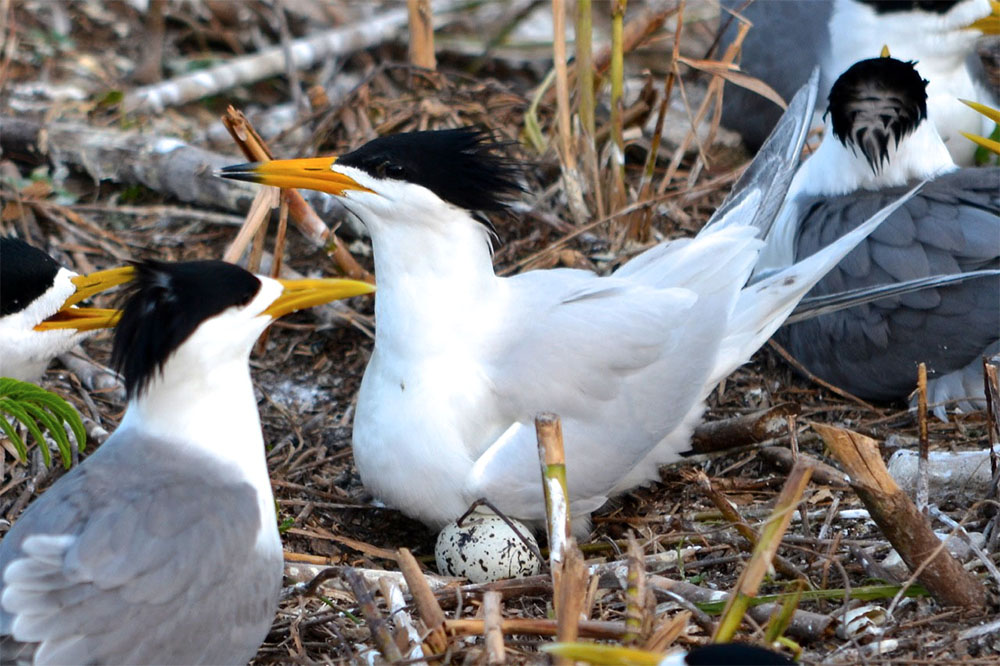May 19, 2025
UNOC 3 Position Paper
Read our position paper on The 3rd United Nations Ocean Conference (UNOC 3) to see why we're attending and what we aim to accomplish!
We use cookies to help you navigate efficiently and perform certain functions. You will find detailed information about all cookies under each consent category below.
The cookies that are categorized as "Necessary" are stored on your browser as they are essential for enabling the basic functionalities of the site. ...
Necessary cookies are required to enable the basic features of this site, such as providing secure log-in or adjusting your consent preferences. These cookies do not store any personally identifiable data.
Functional cookies help perform certain functionalities like sharing the content of the website on social media platforms, collecting feedback, and other third-party features.
Analytical cookies are used to understand how visitors interact with the website. These cookies help provide information on metrics such as the number of visitors, bounce rate, traffic source, etc.
Performance cookies are used to understand and analyze the key performance indexes of the website which helps in delivering a better user experience for the visitors.
Advertisement cookies are used to provide visitors with customized advertisements based on the pages you visited previously and to analyze the effectiveness of the ad campaigns.

What happens when researchers who are performing a routine survey find a rare bird that has never before been seen in the region? This was the case recently in South Korea while two researchers were performing a survey for the National Institute of Ecology of Korea. The response was celebration followed by conservation action!
Amongst a sea of Black-tailed gulls (Larus crassirostris), they noticed something peculiar – a striking bird with a distinctive black headcrest. The researchers immediately recognized this as the Chinese Crested Tern (Thalasseus bernsteini) and with fewer than 100 individuals known to exist, none of which were known to be in South Korea, the researchers were surprised to say the least!

The species was only rediscovered 16 years ago after being presumed extinct in 1937. The Critically Endangered seabird is only known to have a few breeding sites, two of which were only discovered this past year. Yunkyoung Lee, one of the researchers, described how they jumped into action to protect the rare birds:
We immediately requested the Ministry of Environment to restrict all civilian access (even researchers), and to secure the area until breeding success was confirmed.
This discovery offers greater hope for the recovery of the species. Prior to this sighting, the rare seabirds had only been found in colonies with Greater Crested Terns, but by finding them with Black-tailed gulls, researchers speculate there could be more undiscovered habitat. Future conservation steps are still necessary before the birds can be in the clear, explains Mike Crosby, Senior Conservation Officer for BirdLife International:
Given this potentially larger range, we need to understand why the species is so rare – could it be caused by egg collecting and human disturbance at the nesting colonies?
Island Conservation partner, BirdLife International, has aided in the recovery of the species and hopes to continue the effort in order to recover this small population of Chinese Crested Terns.
Featured photo: Chinese Crested Terns in Flight. Credit: Oregon State University
Source:BirdLife International
Check out other journal entries we think you might be interested in.
Notifications